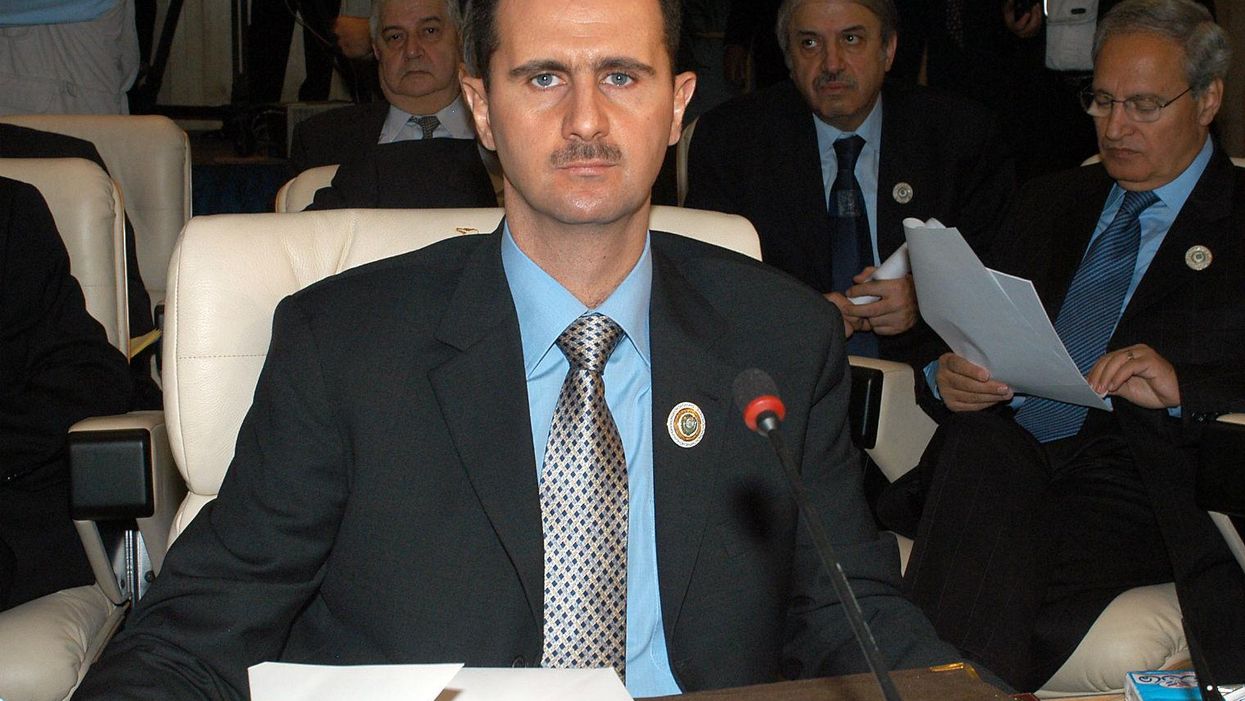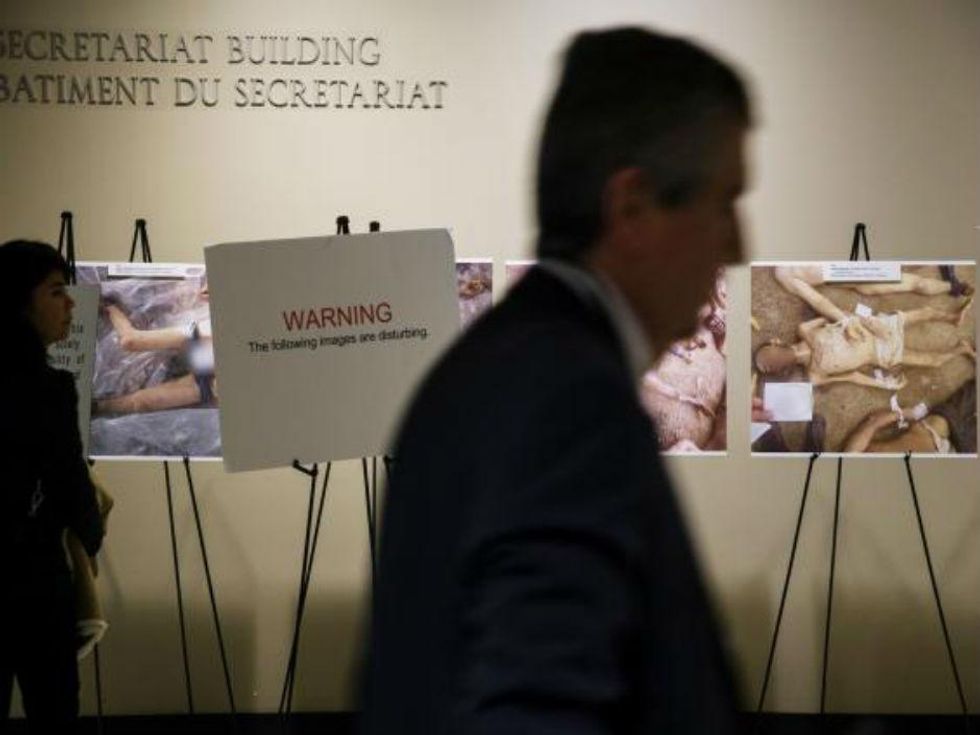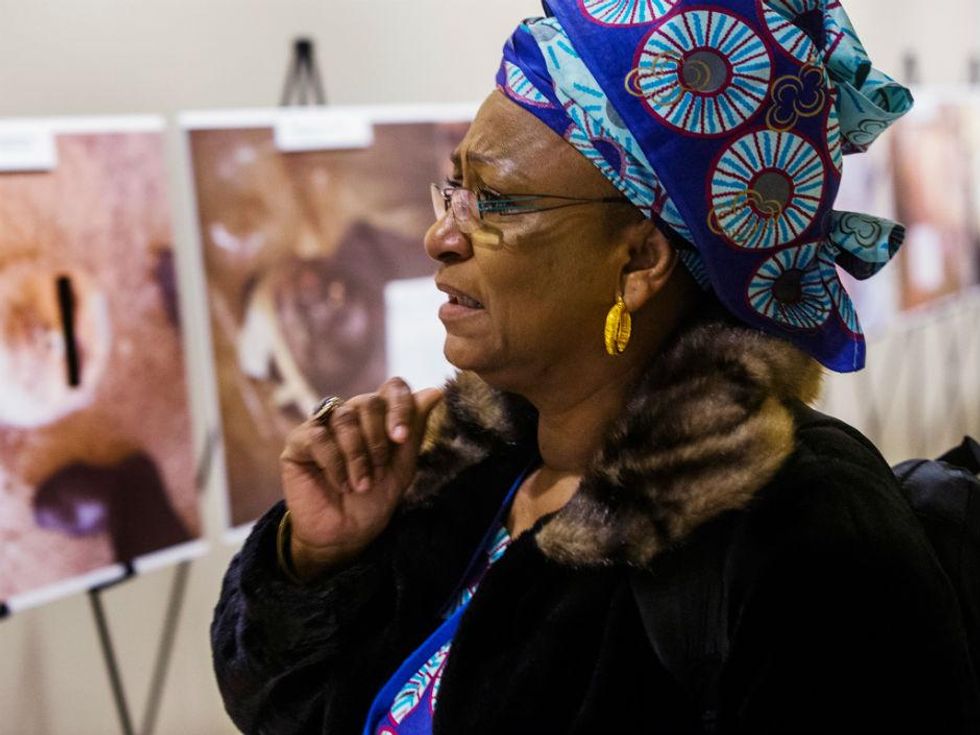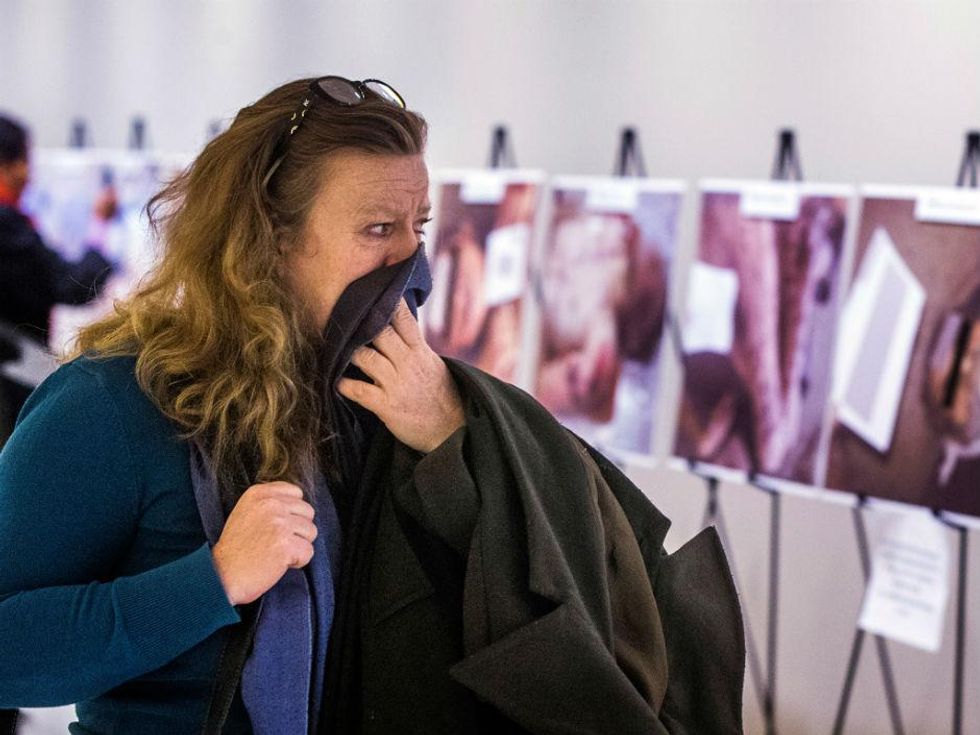News
Evan Bartlett
Oct 01, 2015

Syrian President Bashar al-Assad
With the Syrian civil war still raging after more than four years, millions of people have been displaced and the world now faces its biggest refugee crisis since the Second World War.
While almost everyone is united in their opposition to Isis, which now controls swathes of land in the country and neighbouring Iraq, the notoriously complex system of alliances and rivalries in the war-torn state makes deciding on who to support a difficult one for world leaders.
Vladimir Putin's Russian government began airstrikes this week against Isis and, according to an official spokesman, other anti-regime forces; apparently deciding that a countrywide return to power for President Bashar al-Assad is the best way to establish peace.
Assad is Russia's long-time ally in Syria, but the West is adamant he must eventually be removed from power; his regime is blamed for starting the civil war that ultimately spawned Isis, as well as using chemical weapons and possibly even war crimes and crimes against humanity.
As a series of powerful photos shows, supporting Assad is in many ways supporting a regime that has done its best to match Isis in its thirst for evil.
A former forensic photographer for the Syrian military, known only as Caesar, has showcased photos at the Holocaust Museum in Washington, DC, taken between 2011 and 2013 showing thousands of prisoners who were tortured, starved and burned to death by regime forces.
Caesar, who copied the photos from a police computer onto a USB stick and smuggled them out of the country, spoke to the Guardian this week about how his country's crumbling government systematically tortures its political opponents and methodically documents their corpses.
In the beginning, they put a name on each corpse, but after a while – a few weeks or a month – it was just numbers.
- Caesar
The regime, stretching back to the rule of Bashar's father Hafez al-Assad, has been making its opponents "disappear" since the 1970s, however, the number of those being detained appeared to ramp up after the Arab Spring in 2011 - with the Syrian Network for Human Rights estimating that 215,000 have been detained since then.
Before the uprising, the regime tortured prisoners to get information; now they were torturing to kill. I saw marks left by burning candles, and once the round mark of a stove – the sort you use to heat tea – that had burned someone’s face and hair. Some people had deep cuts, some had their eyes gouged out, their teeth broken, you could see traces of lashes with those cables you use to start cars.
There were wounds full of pus, as if they’d been left untreated for a long time and had got infected. Sometimes the bodies were covered with blood that looked fresh. It was clear they had died very recently.
- Caesar
While Assad has denied the photos show victims of his regime, David Cameron has been clear about his view of the Syrian government.
Speaking of Russian airstrikes this week, the prime minister said:
I have a clear view that if this is a part of international action against [Isis], that appalling terrorist death cult outfit, then that is all to the good.
If, on the other hand, this is action against the Free Syrian Army in support of Assad the dictator, then obviously that is a retrograde step.
- David Cameron
More: Confused about the situation in the Middle East? This should help clear it up
More: What you need to know about Russian airstrikes in Syria
Top 100
The Conversation (0)
















